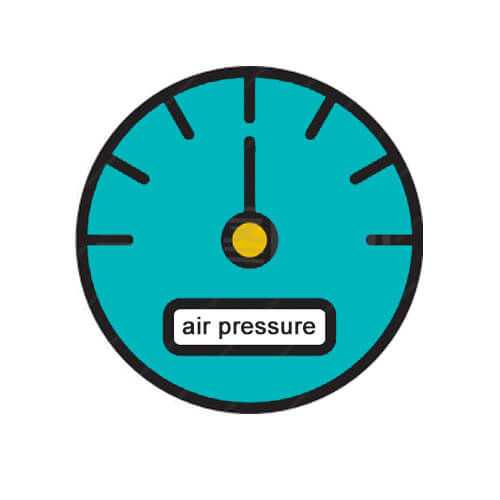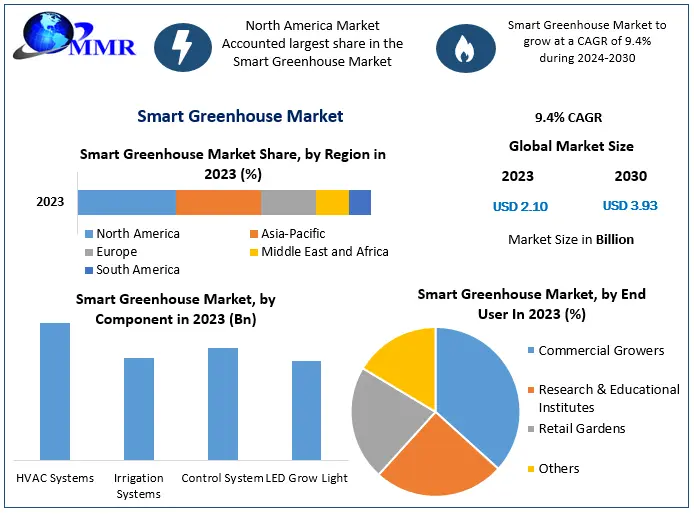Application of atmospheric pressure sensors in agriculture
The application of atmospheric pressure sensors in agriculture is mainly reflected in the following aspects:
Precision agricultural management
Atmospheric pressure sensors can measure atmospheric pressure and help predict weather changes. Farmers and agricultural managers can use this data to better understand the meteorological conditions of farmland, so as to make more reasonable planting and management decisions and improve agricultural production efficiency.
Irrigation system optimization
In the intelligent irrigation system, atmospheric pressure sensors are used in conjunction with other types of sensors (such as soil moisture sensors) to achieve on-demand irrigation. When the soil moisture drops below the preset threshold, the system will automatically start the irrigation program, and vice versa, which not only meets the water needs of crops, but also avoids water waste and root diseases caused by over-irrigation.
Pest and disease prediction
Changes in atmospheric pressure can affect the occurrence of meteorological phenomena and the physiological conditions of crops, and also play an important role in the occurrence of crop pests and diseases and plant adaptation to the environment. By monitoring atmospheric pressure, farmers can predict the occurrence of pests and diseases, take timely prevention and control measures, reduce the use of chemical pesticides, and reduce environmental pollution.
Core components of agricultural meteorological stations
Atmospheric pressure sensors are one of the core components of the fourteen-element agricultural meteorological station. Through the collection and analysis of this data, farmers and agricultural managers can obtain more comprehensive meteorological information and further optimize agricultural production and management.
Improve crop yield and quality
Through real-time monitoring and data collection, farmers can optimize irrigation, fertilization and pesticide use to improve crop yield and quality. The data provided by atmospheric pressure sensors helps farmers make more scientific agricultural management and decisions, thereby achieving more efficient agricultural production.
In summary, the application of atmospheric pressure sensors in agriculture can not only improve the efficiency and benefits of agricultural production, but also promote the sustainable development of agriculture. By providing accurate meteorological data, these sensors help farmers better understand and respond to environmental changes, so as to make decisions that are more conducive to crop growth and resource management.
https://www.renkeer.com/what-is-atmospheric-pressure/
Application of atmospheric pressure sensors in agriculture
The application of atmospheric pressure sensors in agriculture is mainly reflected in the following aspects:
Precision agricultural management
Atmospheric pressure sensors can measure atmospheric pressure and help predict weather changes. Farmers and agricultural managers can use this data to better understand the meteorological conditions of farmland, so as to make more reasonable planting and management decisions and improve agricultural production efficiency.
Irrigation system optimization
In the intelligent irrigation system, atmospheric pressure sensors are used in conjunction with other types of sensors (such as soil moisture sensors) to achieve on-demand irrigation. When the soil moisture drops below the preset threshold, the system will automatically start the irrigation program, and vice versa, which not only meets the water needs of crops, but also avoids water waste and root diseases caused by over-irrigation.
Pest and disease prediction
Changes in atmospheric pressure can affect the occurrence of meteorological phenomena and the physiological conditions of crops, and also play an important role in the occurrence of crop pests and diseases and plant adaptation to the environment. By monitoring atmospheric pressure, farmers can predict the occurrence of pests and diseases, take timely prevention and control measures, reduce the use of chemical pesticides, and reduce environmental pollution.
Core components of agricultural meteorological stations
Atmospheric pressure sensors are one of the core components of the fourteen-element agricultural meteorological station. Through the collection and analysis of this data, farmers and agricultural managers can obtain more comprehensive meteorological information and further optimize agricultural production and management.
Improve crop yield and quality
Through real-time monitoring and data collection, farmers can optimize irrigation, fertilization and pesticide use to improve crop yield and quality. The data provided by atmospheric pressure sensors helps farmers make more scientific agricultural management and decisions, thereby achieving more efficient agricultural production.
In summary, the application of atmospheric pressure sensors in agriculture can not only improve the efficiency and benefits of agricultural production, but also promote the sustainable development of agriculture. By providing accurate meteorological data, these sensors help farmers better understand and respond to environmental changes, so as to make decisions that are more conducive to crop growth and resource management.
https://www.renkeer.com/what-is-atmospheric-pressure/










